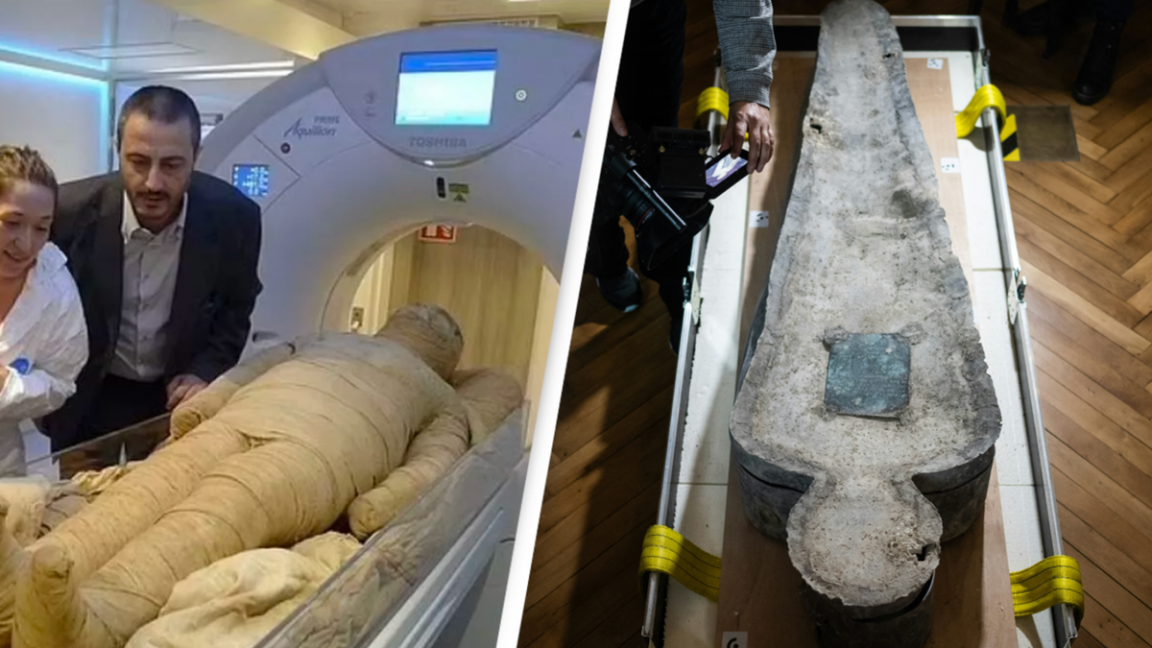You would be correct to assume that I would be giving you a history lesson or discussing the Middle Ages if I mentioned the “bubonic plague” or “The Black Death.”
I’m sure you wouldn’t expect me to teach you about Ancient Egypt after that. It turns out that the two are connected, since evidence of the epidemic that once killed 50 million people was found in an old corpse.
Rats and fleas, which are often the carriers of the bubonic plague, were very common throughout the Middle Ages, which allowed the disease to spread swiftly and wipe out a large population.

The infection causes a number of unpleasant symptoms, such as skin sores, enlarged lymph nodes, a sudden high fever, and turning a victim’s tongue black before killing them, so it wasn’t an easy death either.
Although it is often believed to be a mediaeval disease, there may be even older connections since evidence of it have been discovered in an ancient mummy from around 1780 BC.




